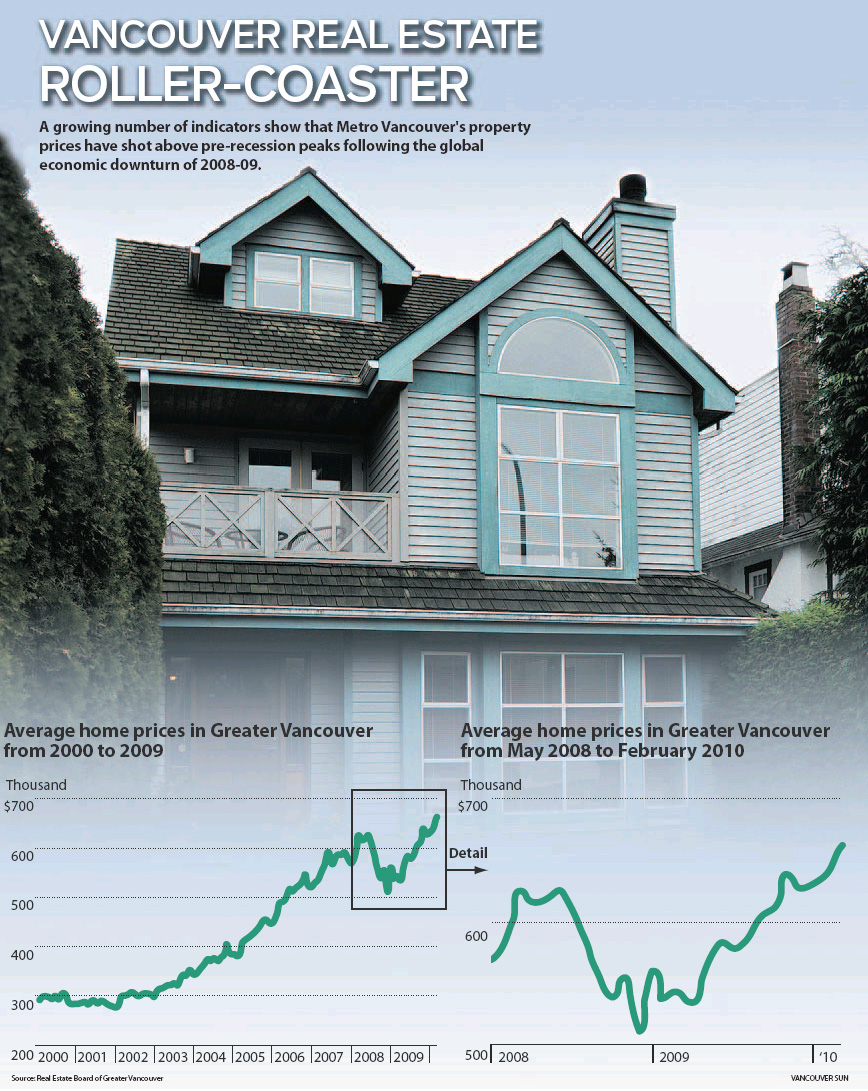GENERAL DISCUSSION
Other
H.S.T. will apply to realtors’ services for work done after July 1, 2010. The full 12% H.S.T. will apply on listings that start after July 1, 2010.
The confusing part arises when work is done on listings that commence prior to July 1, 2010, and the house sells after July 1, 2010.
For situations like this, the realtor must determine what percentage of the work was performed prior to July 1, 2010 and what percentage is performed after. Generally there are two ways to measure the work that was performed. A realtor can use the number of days after July 1 as compared to the number of days prior to July 1. Alternatively, the realtor could use the actual work performed. There is nothing expressly in the transitional rules on this but we have checked with Revenue Canada on their helpline on H.S.T. (1 800 959 8287). It was confirmed to one of my lawyers that the realtor, in calculating the percentages, would have the discretion to choose either the number of days listed or actual amount of work done, as long as it was a reasonable determination.
If the realtor determines that 90% or more of the services are performed before July 1, 2010, the H.S.T. will not apply. G.S.T. will continue to be charged at 5%.
For example, a listing commences June 1, 2010 and the realtor performs the initial work in taking the listing, placing it on MLS and all of the other functions. A Contract of Purchase and Sale is negotiated and subjects are removed prior to July 1, 2010. The Completion Date is July 2, 2010 at which point the commission becomes due and payable. Using either method of calculation more than 90% of the realtor’s services were performed prior to July 1, 2010. Thus only the 5% GST would apply on the commission.
If the realtor determines that less than 90% of the services were performed prior to July 1, 2010, the services and the resultant tax on the commission will have to be prorated as per the work that was performed. Let’s use two examples.
There are two different listings with the same realtor. The vendors are different but both are listed June 1, 2010 on MLS.
On the first listing, an offer comes in quickly and there is an accepted offer by approximately June 10. The Vendor is unable to vacate for a considerable period of time and therefore the Completion Date is September 1, 2010. In this example, the realtor would choose the actual amount of work done option which would be reasonable as most of the work would have been done in June prior to July 1, 2010. Therefore most of the commission would be subject to GST only.
For the second listing, a Contract of Purchase and Sale has its subjects removed on July 2, 2010 but the Completion Date is July 10, 2010. In this example, the realtor would in all likelihood choose the actual number of days listed option so that only about 25% of the commission would be subject to H.S.T.
Note that in any issue with taxes Revenue Canada may argue that more taxes ought to have been charged. Realtors should ensure proper notes and documentation is kept so that they can support their position of the percentage that was charged.




